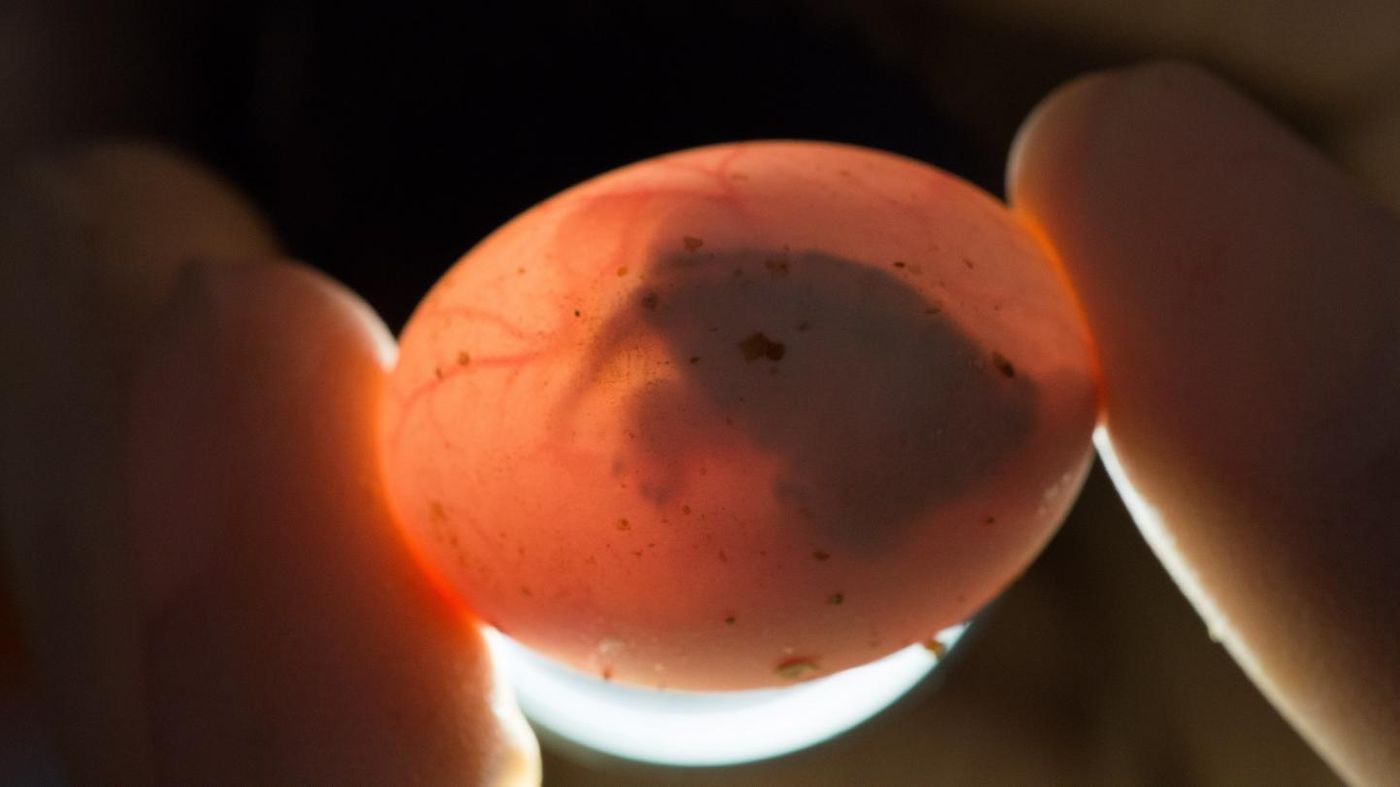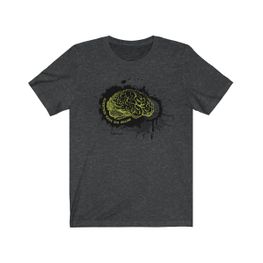Bisphenol A (BPA) is a common chemical that is extensively used in consumer products such as metal food can liners, water bottles and some resins. BPA can leech into the environment and easily accumulates in rivers and streams, where it has an impact on turtle habitats. A research team led by the University of Missouri (MU) showed last year that BPA is able to disrupt the sexual function of painted turtles; it causes male turtles to develop sex organs of a female. The team has now demonstrated that in addition, BPA can induce behavioral changes in turtles; the brains of male turtles get reprogrammed and display behavior common to females. Researchers are concerned that the painted turtle population will decline as a result. A video of their work is shown below.
"Previously, our research team found that BPA and ethinyl estradiol (EE2), a hormone found in birth control pills, could 'sex-reverse' turtles from males to females," explained Cheryl Rosenfeld, an Associate Professor of Biomedical Sciences at the MU College of Veterinary Medicine as well as an investigator at the Bond Life Sciences Center. "Painted turtles and other reptiles lack sex chromosomes. The gender of painted turtles and other reptiles is determined by the incubation temperature of the egg during development. Studies have shown that exposure to endocrine-disrupting chemicals (EDCs), such as BPA, can override incubation temperature and switch the sex of males to females. In our latest study, we found that BPA also affects how the male brain is 'wired,' potentially inducing males to show female type behavioral patterns."
In their
study, reported in the journal Hormones and Behvior, the scientists added a cocktail of BPA and EE2 to painted turtle eggs, and then grew them at a temperature that results in the development of a male turtle. The researchers tested the turtles at five months after hatching to assay their spatial navigation. The test utilized food containers, three that were empty and one baited with food.
The researchers predicted that the male turtles that had been exposed to BPA would have a better ability to navigate, like a female turtle. The data indicated that BPA and EE2 did indeed improve memory and spatial navigation-based learning in the males that had been exposed to BPA and EE2 in development.
"Previous studies have found that female turtles are much more adept at spatial navigation -- think of female sea turtles that return many years later to the same beaches where they hatched to lay their own eggs," said Rosenfeld. "We found that developmental exposure to BPA essentially overrides the brain development of male turtles as indicated by the enhanced navigational ability of the turtles we studied. While improved spatial navigation might be considered a good thing, it also may suggest that when they reach adulthood male turtles will not exhibit courtship behaviors needed to attract a mate and reproduce, which could result in dramatic population declines."
This study is the first to illustrate that these chemicals not only affect physical sex characteristics, but also the brain. Turtles have a reputation as sentinels; a species that can indicate how healthy an ecosystem might be. The researchers hope to extrapolate from these results to understand how chemicals like BPA affect other animals, including humans.
In this older video below, research that shows how BPA affects testicles, and the subsequent ban of BPA in California, is discussed.
Sources:
AAAS/Eurekalert! via
MU News,
Hormones and Behavior


















































